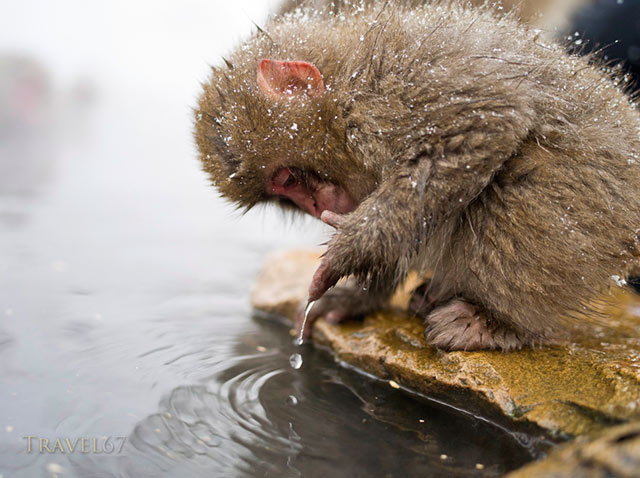
Japanese Snow Monkey
It’s an exciting and adventurous life – the world of travel, cultures, people and photography all rolled into one. It’s Chris Willson’s life. You might say he and his camera gear are transplants. In 1999 he found his way to Japan to visit a country he had not seen previously and that was it! This British photographer became a permanent resident of Japan and now resides in Okinawa.
This self-taught photographer has had his travel writings and photographs appear in guidebooks, in-flight magazines, and newspapers. In 2012, Pentax held an exhibition of his Japanese festival images in Tokyo.
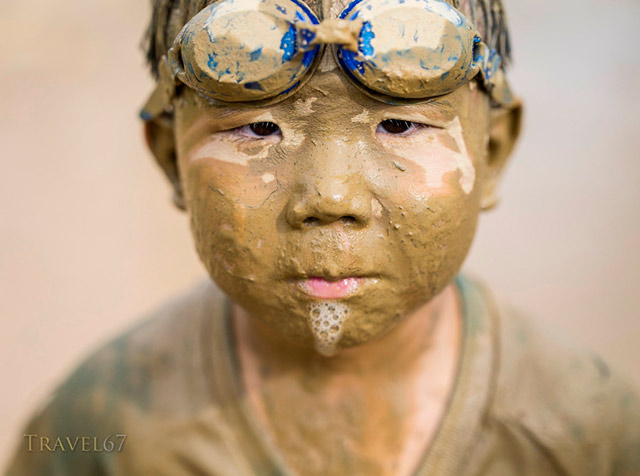
Kin Town Mud Festival, Okinawa, Japan
Michael Lynch, an Okinawa photographer himself, met up with Chris to discuss his photography business, gear and vision.
When, did you get started in the business of photography?
I bought my first SLR camera back in 2000. Later that year I saw the local paper was looking for stories, so I sent them a couple of paragraphs about tourist attractions or festivals in the area and included a few photos. It was great to see my words and pictures in print, and the little bit of money allowed me to buy more film. Slowly I gained more contacts, and began to photograph for local magazines and newspapers, and then later in-flight magazines, travel guidebooks and a variety of other clients.
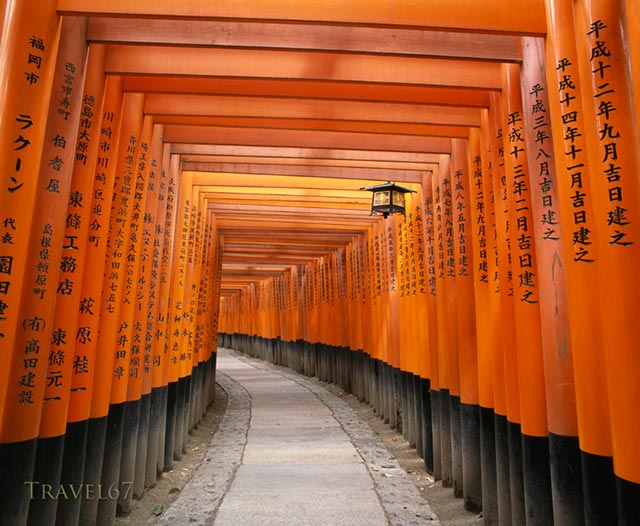
Fushimi Inari Shrine, Kyoto, Japan
What equipment do you use?
From 2002 to 2010 I almost exclusively used a Pentax 67II medium format film camera. It’s a big heavy beast, but I liked the quality I could get from the large transparencies. I also liked the very shallow depth of field you get when making portraits with medium format. I gave my website the name TRAVEL67 because I always travelled with the camera.
Now I use the digital medium format Pentax 645D system the majority of the time, and a Pentax K5 II-s or K3 for underwater work and sports. For lighting on location and in the studio I use Profoto gear.
What are your thoughts on film versus digital?
Digital is great for workflow speed; no film or processing costs, no scanning transparencies. However, the look, and particularly the shallow depth of field you can get with medium format is sublime and for a few hundred bucks you can be out photographing with a piece of film far larger than any super expensive digital sensors.
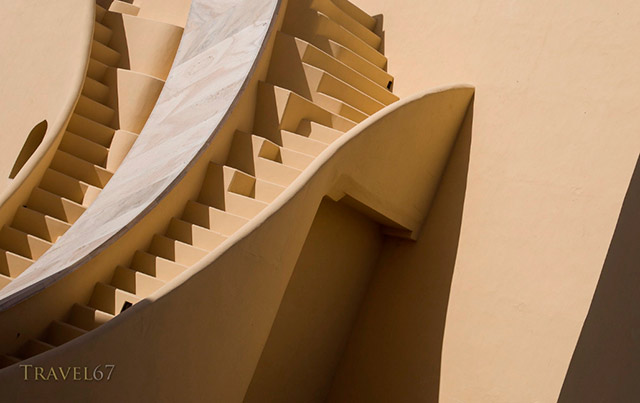
Astronomical Devices at Jantar Mantar Observatory, Jaipur, Rajasthan, India
Even if the eventual image is similar, for many the process of producing the photo is as important as the final product. There’s something very satisfying about the mechanical analog process of using film.
Having said that… I now use the digital for the vast majority of my commercial work.
Do you specialize in any particular type of photography?
For clients I do a wide range of work. I might be in the studio taking product photos for a local jeweler and then fashion images for a model’s portfolio. Later in the same day I could be photographing the monks at a local temple for a travel magazine, or underwater creating stock images of clownfish.
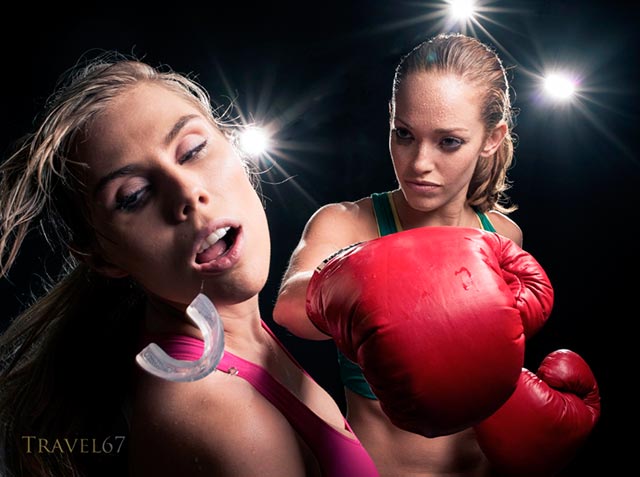
Fight Club for Models

Clownfish
During my travels I tend to specialize in festivals and portraits. I find both fascinating subjects. This is particularly true in Japan, when everyone becomes boisterous and many are wearing traditional dress.
Here’s a tip: Learn about and get involved in as many different photography venues as possible. I feel it is a requirement for a good travel photographer.
For me, the multiple sources provide income that includes the sale of prints and articles in magazines, along with fees received from studio and location sessions.
Where have your travels taken you?
The majority of the travel photography takes place in Japan. I’ve covered most of the country from the snowy mountains of Hokkaido to the tropical forests of Iriomote. I love visiting Kyoto and Nara in the spring, and you can’t beat the continuous neon frenzy of Tokyo.
I have also spent time in India and Papua New Guinea – mainly for the purpose of creating portraits. 2014 takes me to Cambodia to photograph at Angkor Wat.
What items would you have to pack for a one or, two week trip as a travel photographer?
Depends on the situation, you need the right tools for the job. If I’m going light, I’ll have the 645D with a 35mm and a 90mm lens, and the K3 as a backup camera. Spare batteries, charger, stack of memory cards, ipod and charger, wash kit and change of clothes. If I want to bring my own light, I’ll also pack the new Profoto B1 flash with a beauty dish.
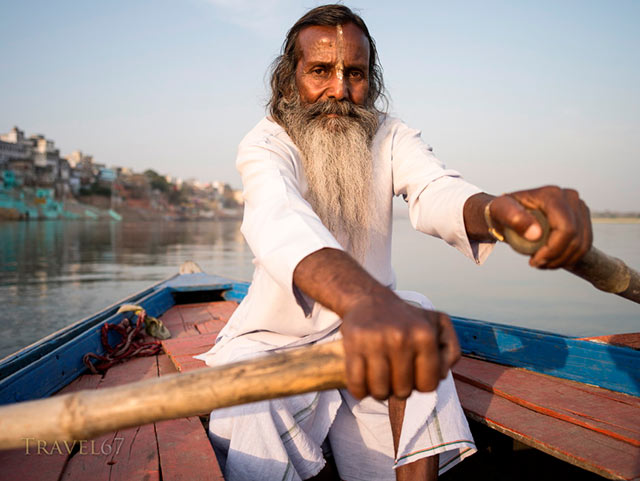
Baba Ge – The-Boatman on the Ganges River, Varanasi, India
Is there a photo with an unforgettable story attached to it?
I remember going out to the photograph the Akashi Kaikyo Ohashi, which was the longest suspension bridge in the world. When I arrived I was disappointed as the entire bridge was hidden in clouds. Then slowly the bridge began to appear. Rather than clouds, the bridge had been hidden by sea fog. As the fog retreated, it revealed the bridge and I was able to make an image far more interesting than I could have imagined.
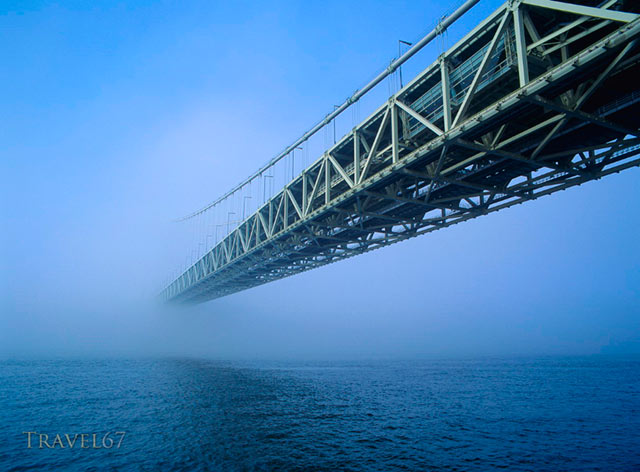
Akashi Kaikyo Ohash Bridge, Japan
What resources would you recommend to a young photographer, just starting out?
Take A LOT of photographs. Look at the work of other photographers – other artists. Practice so that you don’t have to concentrate on things like aperture and shutter speed, but can instead, as in portrait work, make eye contact and talk with the person you’re photographing. If there are photography workshops happening in your area, these are a great opportunity to learn and make new friends.
You can equate it to a musician. If you were learning the violin for instance, you would practice regularly and take many lessons. You wouldn’t just pull out the violin on holidays and birthdays and expect to be able to play it properly. You would come to realize that hard work is what makes you an accomplished violinist, not just an expensive violin.
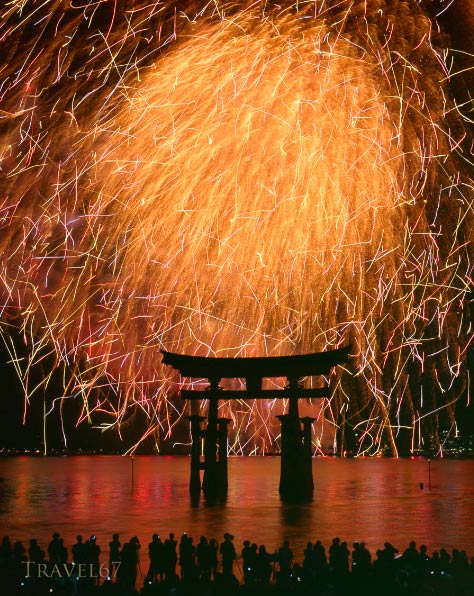
Torii Gate, Itsukushima Shrine, Miyajima Island, Japan
Do you have any other tips for the readers?
Photograph what you love, but also that which provides you unique access. Since I am based in Japan, I understand the culture, and speak conversational Japanese. This gives me a great advantage over people visiting the country for just a few days. If you have special access to local events, businesses, or locations take advantage of it. These are perhaps some of the best place to get unique images. There are millions of images of the Eiffel Tower, but you may be the only person who can get a perfect photo of the local cheese festival or the crested newt endemic to your area.
Get to know the people in your area. A year ago I started a project photographing the karate masters of Okinawa. A friend introduced me to the dojos, and since I had the right gear (a high resolution camera and studio lights) needed to make the photos, I was off and running. The resulting images will hopefully become a historical record of the local icons.
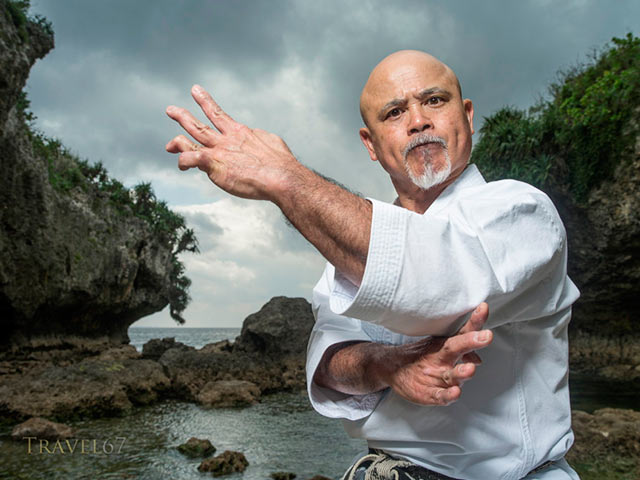
Karate Master Shinjo-sensei training on the beach near the Shinjo dojo in Okinawa.
What’s happening in the future?
Above all, I’ll be out discovering new places, meeting interesting people and hopefully getting a few amazing photographs. Traveling and photographing different cultures is always an adventure for me.
by Michael Lynch
Photos by Chris Willson: © 2014 TRAVEL67. All right reserved.

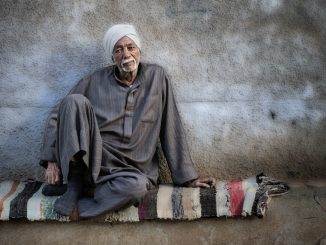
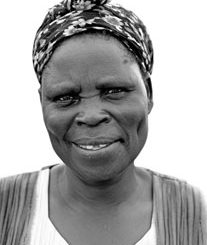
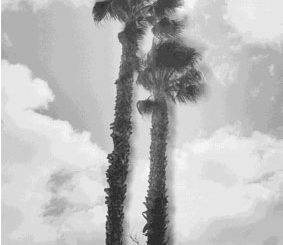
Leave a Reply